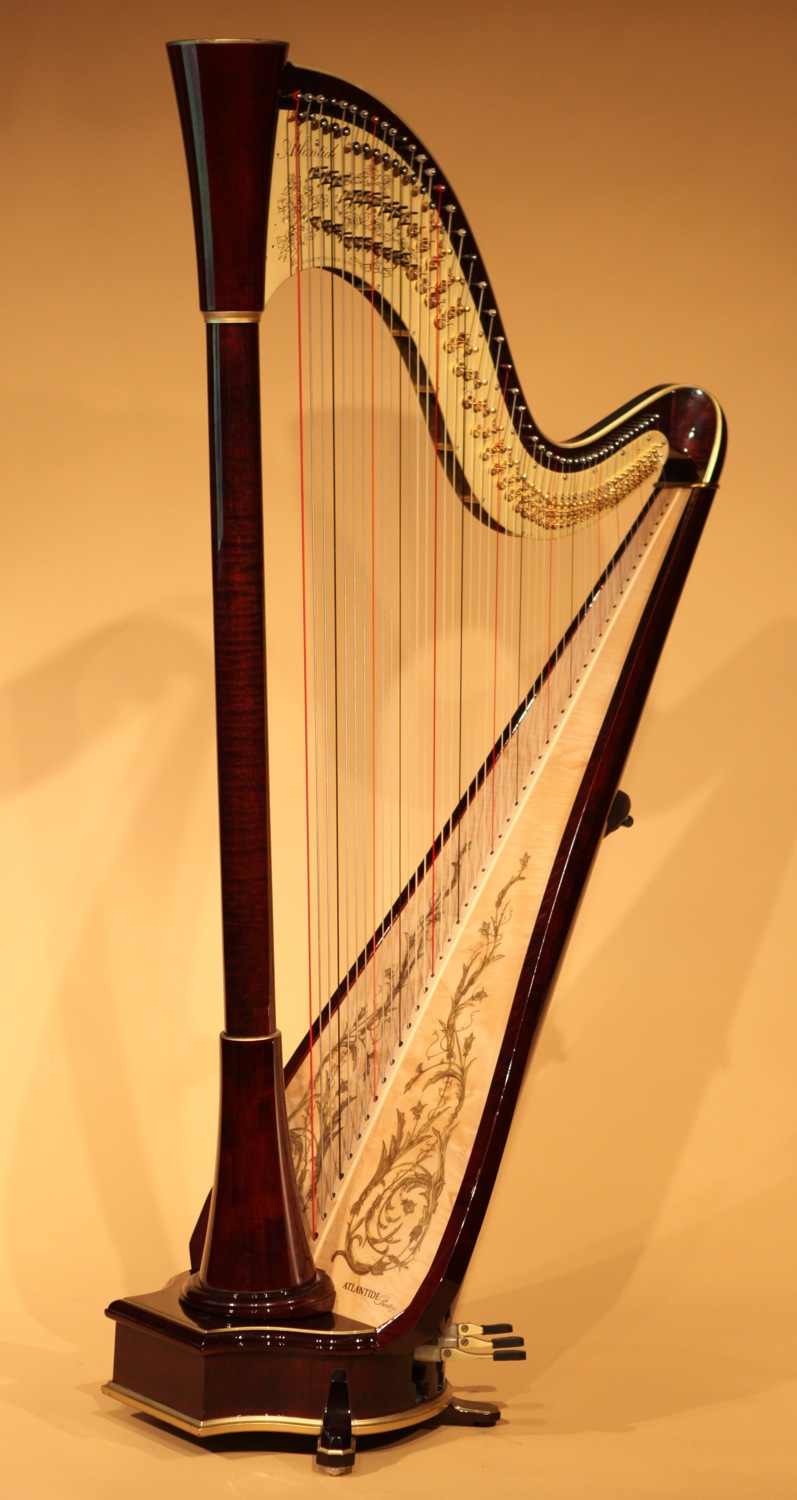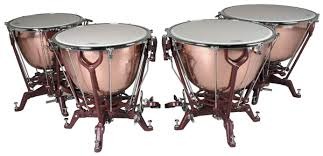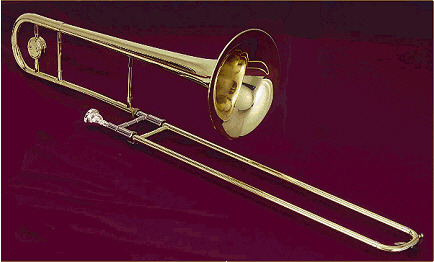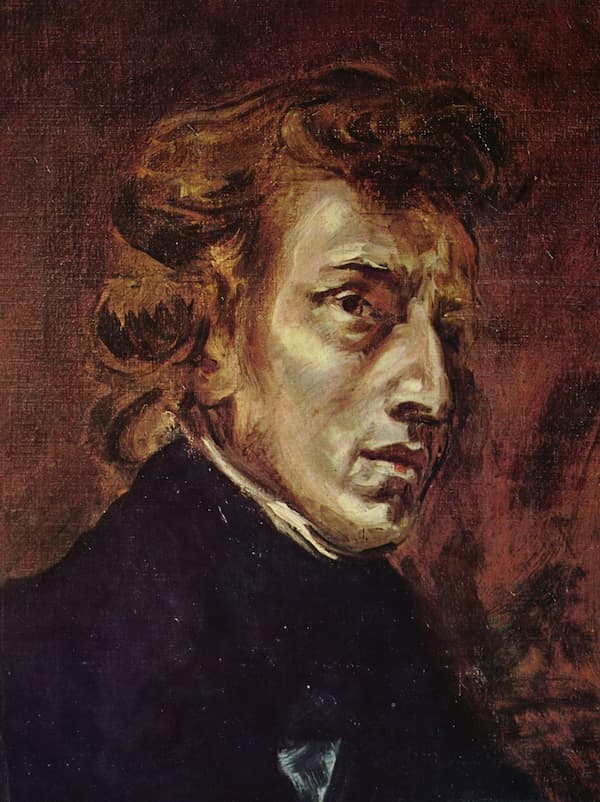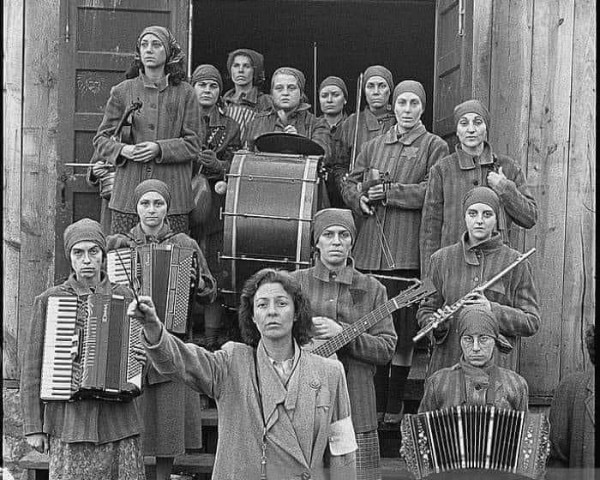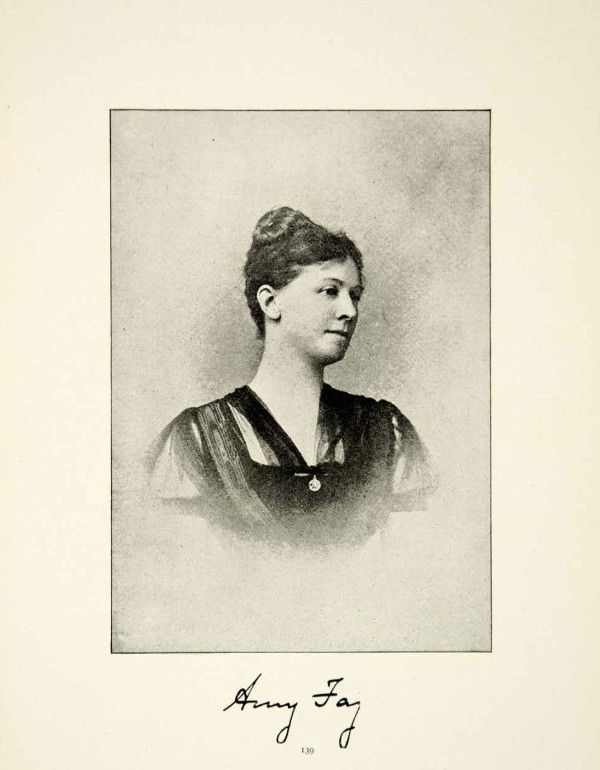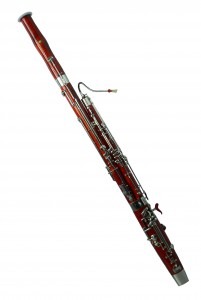
Bassoon
If you look at the picture, you’ll see that there are actually two pipes that meet at the bottom of the instrument. The overlapping construction means that the keys can be placed within each reach for ease of playing. Folded upon itself, the bassoon stands 4 feet, 5 inches (1.34 m) tall, but the total sounding length is 8 feet, 4 inches (2.54 m).
The regular bassoon is often doubled an octave lower by the contrabassoon. The length is around 18 feet (550 cm) and to make the length manageable, the instrument is folded back on itself twice, rather like a paper clip in contrast to the bassoon’s hairpin shape. The instrument’s first major appearance in the orchestra came through Beethoven’s Fifth Symphony.

Contrabassoon
As with other instruments of the orchestra, the prominent players are orchestral members, so we won’t list any here, but you can explore their orchestral repertoire and get a taste of how many different ways composers used this warm bass sound.
Looking at a range of works, we see the bassoon being used in Bartók’s Concerto for Orchestra to start the second movement, the Game of Pairs.
Bartók: Concerto for Orchestra, BB 123: II. Giuoco delle coppie: Allegretto scherzando (Philadelphia Orchestra; Christoph Eschenbach, Conductor)
In Paul Dukas’ work so widely known through Disney’s Fantasia, The Sorcerer’s Apprentice’s main theme makes its first appearance in the bassoons (starting 02:56).
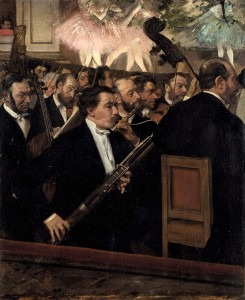
Edgar Degas – L’Orchestre de L’Opera
Edvard Grieg’s masterpiece, In the Hall of the Mountain King, comes from his incidental music for the play Peer Gynt. The music from Peer Gynt was collected into two suites and it’s the last movement of the first suite where the bassoons make their appearance and the whole work grows from that initial creeping theme.
Grieg: Peer Gynt Suite No. 1, Op. 46: IV. I Dovregubbens hall (In the Hall of the Mountain King) (BBC Scottish Symphony Orchestra; Jerzy Maksymiuk, Conductor)
Modest Mussorsky’s piano work Pictures at an Exhibition was orchestrated by a number of different composers, but it is in Ravel’s orchestration that we find prominent use of the bassoon in the second picture, The Old Castle. Its singing tone is a wonderful showpiece for the bassoon’s qualities.
Mussorgsky: Pictures at an Exhibition (arr. M. Ravel for orchestra), II. The Old Castle. (St. Petersburg Mariinsky Theatre Orchestra; Valery Gergiev, Conductor)
Two last bassoon solos convey such different pictures that they are worthy of mention. Sergey Prokofiev’s Peter and the Wolf uses the bassoon to convey the majesty of Peter’s stern grandfather, but at the same time, is able to convey his affection for his wayward charge.
Prokofiev: Peter and the Wolf, Op. 67, Grandfather’s theme (David Bowie, narrator; Philadelphia Orchestra; Eugene Ormandy, Conductor)
The opening of Stravinsky’s Rite of Spring is for solo bassoon, but in such an unusual high register that the sound had audiences craning to see what instrument was producing that mystical sound. The countermelody in the English horn reinforces the oddity of the sound.
Stravinsky: Le sacre du printemps (The Rite of Spring): Part I: Adoration of the Earth: Introduction (BBC National Orchestra of Wales; Thierry Fischer, Conductor)
The bassoon is one of the unusual bass instruments that has a significant solo repertoire within the orchestral world. As we’ve heard through these examples, the sound can be haunting, loving, majestic, and even funny, but inimitably bassoon-ish.

